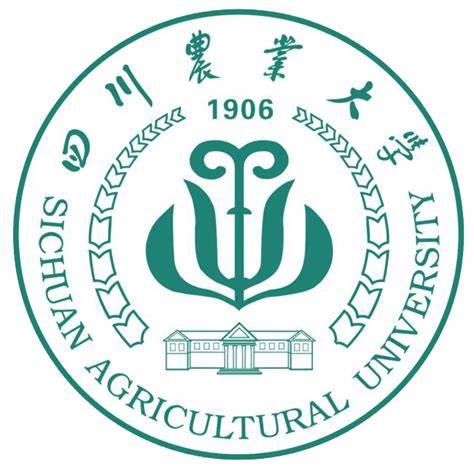Phylogeny and taxonomy of the polyploid species that contain St genome (Triticeae; Poaceae) based on four nuclear DNA and three chloroplast genes
作者: 刁圣轩 审稿人:魏育明 时间: 2025-02-27 点击次数:次
https://bmcplantbiol.biomedcentral.com/articles/10.1186/s12870-025-06179-5
BMC Plant Biology,25, Article number:183(2025)
Xiaoyang Pan,Tingting Zheng,Yuxin Zhao,Junhao Bao,Xing Fan,Lina Sha,Yinghui Li,Wei Zhu,Lili Xu,Yi Wang,Yiran Cheng,Haiqin Zhang,Houyang Kang,Yonghong Zhou&Dandan Wu
Abstract
Background
The genusPseudoroegneria(Nevski) Á.Löve contributes the St genome for more than 60% of perennial Triticeae species. However, the strong dominant character of the St genome makes it challenging to distinguish each species and/or even genus based on single or combined morphological traits. Moreover, the phylogeny and taxonomy of the St-genome containing polyploid genera remain controversial.
Results
In this study, we used nuclear and chloroplast DNA-based phylogenetic analyses to reveal the systematic relationships between the St-genome containing polyploid species. The maximum likelihood (ML) tree based on nuclear ribosomal internal transcribed spacer region (nrITS) and three single-copy nuclear genes data (Acc1 + Pgk1 + DMC1) showed that polyploid species with the St genome were separated into seven genera with StStHH, StStYY, StStYYHH, StStYYPP, StStYYWW, StStPP, and StStEE genome constitutions, moreover, the polyploid species in Caucasus, America, and Australia have independent polyploidization events. The ML tree for the chloroplast DNA fragments (matK + rbcL + trnL-trnF) displayed that the P genome served as a maternal donor ofKengyilia melantheraandK. dingqinensisfrom the Hengduan Mountains region, while the St or StY genome served as the maternal donor of other St-genome containing species. Herein, we reported the genomic constitution ofKengyilia tibetica,K. changduensis, andK. dingqinensiswith the StStYYPP genome for the first time.
Conclusions
The St-genome-containing polyploid species should be treated as distinct genera according to different genome constitutions, and those species experienced independent allo-polyploidization events in different distribution regions and had two relatively independent maternal origins from the P or St/StY genomes. Besides, the Xp genome might have contributed to the unknown Y genome formation.


